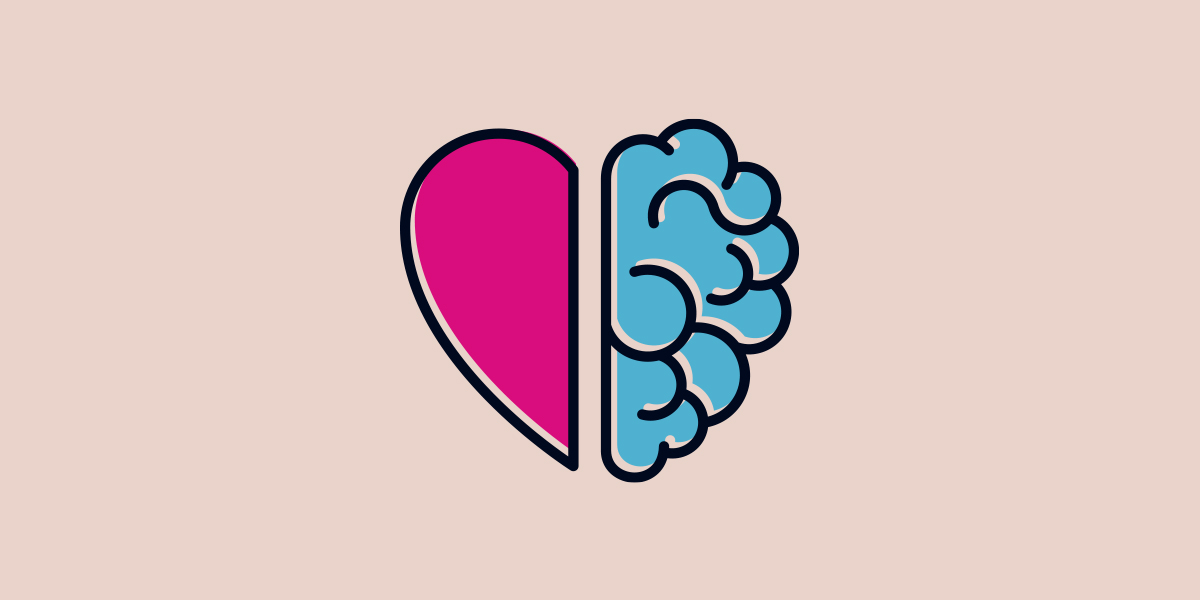The relationship between emotional intelligence and marketing is trending, and for good reason. Humans are, by nature, storytellers. The ups and downs. The giant losses and the mammoth wins. We Tweet quippy tales and sit for hours to find out Darth Vader is, in fact, Luke’s father. For thousands of years we’ve painstakingly recorded our most precious stories on cave walls and in leather books meticulously bound by hand.
Why?
Think on this: in his book Descartes’ Error, Antonio Damasio argues “[w]e are not thinking machines. We are feeling machines that think.”
We couldn’t agree more.
Feelings invariably drive us all, and stories are the ultimate feeling vehicles. Great stories make us feel; unsurprisingly, great marketing does the exact same. Thus, the question is not if marketing efforts should leverage emotions but which emotions should be leveraged. And, disclaimer, this should always be discerned with great responsibility and respect.
Now, think of your ideal customer while keeping in mind the importance of emotions in decision-making. What action are you hoping he or she will take? What will motivate that person to go from casual glance to new customer (or, at the very least, share a social media post and become your newest brand fan)? Let’s take a look.
Happiness
Think Disney and Apple. These are giants who have very successfully leveraged happy emotions to cultivate relationships with their ideal customers.
Disney has designed both digital and physical environments almost exclusively full of happiness by creating a thoroughly magical family experience from start to finish.
Apple injected more bold, bright colors into their marketing materials with silhouettes of people dancing to the music streaming through the headphones. Now ads are full of smiling, carefree friends and family chatting on FaceTime from all corners of the globe with ease.
Happiness makes us want to share with others, but is considered a fleeting emotion requiring additional exposures to truly make a lasting impression on customers (read: become paying customers). The greatest draw is that happiness, quite simply, makes us feel good – to create, to consume. It’s a win-win. Even if it takes a little extra reminding.
Sadness
Has anyone forgotten the ASPCA commercials featuring clips of destitute dogs and cats while Sarah McLachlan sings “Angel”? Did you know that, according to the New York Times, the campaign generated about $30 million? Emotional intelligence at its finest.
Quick action is the power of sadness. People don’t like to feel sad and are willing to take actual action in order to feel better. Present a sad problem then offer a solution to drive your customers from sadness to empowerment.
Anger
Anger can be explosive and therefore has to be handled delicately in marketing, should you choose to use it. Generally, anger is best leveraged for movement or activist style marketing.
Take a look at the Always Like a Girl campaign. In this example Always used anger to grab attention and make potential customers wake up, think and, hopefully, buy.
Fear
Fear is best used to motivate a change in behavior. Instinctually, humans will run from things that induce fear, as it signals danger.
The best examples of fear-based marketing are campaigns discouraging drunk driving and convincing smokers to quit. These efforts use the looming threat of crashes, accidental death, and grave illness to scare people away from engaging in risky activities.
Upping Your Emotional Intelligence
Ready to inject more EI into your marketing but feel a little intimidated? Don’t sweat it. Get in touch – we’ll help you strike the right chord.





